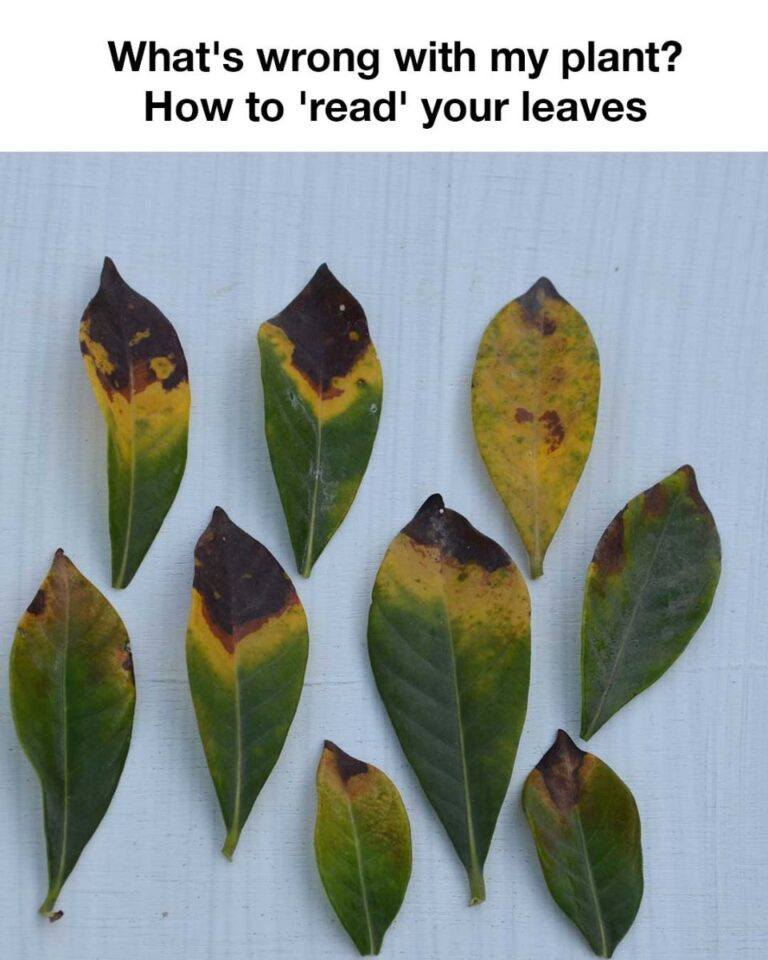Brown tips can indicate specific problems that need to be addressed.
– Possible Causes: Low humidity, excess salts from fertilizers, or inconsistent watering.
– What to Do: Increase humidity around the plant with a humidifier or by placing a water tray nearby. Ensure you’re using the right amount of fertilizer and flush the soil occasionally to eliminate excess salts. Keep your watering consistent.
3. Wilting Leaves
Wilting is a clear sign that something is affecting the plant’s overall health.
– Possible Causes: Underwatering, root rot, or pests.
– What to Do: Adjust your watering habits, ensuring the soil is moist but not waterlogged. Check the roots for signs of rot, and trim away any affected areas. Inspect for pests and treat accordingly.
4. Leaf Drop
When your plant starts shedding leaves, it indicates that it’s not happy in its current environment.
– Possible Causes: Stress from temperature fluctuations, sudden changes in environment, or pest infestations.
– What to Do: Stabilize the plant’s environment, avoiding extreme temperature changes. If you recently moved the plant, give it time to adjust. Inspect for pests and treat if necessary.
5. Pale or Discolored Leaves
Leaves that become pale or display unusual colors can be troubling.
– Possible Causes: Nutrient deficiencies, improper pH levels, or inadequate light.
– What to Do: Test the soil pH and amend as needed. Use a fertilizer tailored to the plant’s specific needs. Ensure the plant gets the appropriate amount of light for its type.
By learning to read the signs your plant’s leaves are sharing, you can often pinpoint issues before they escalate. This skill empowers you to provide the best care for your plants, ensuring they remain a vibrant part of your space. Remember, each plant is unique, so continue to observe and adjust your care routine accordingly.

